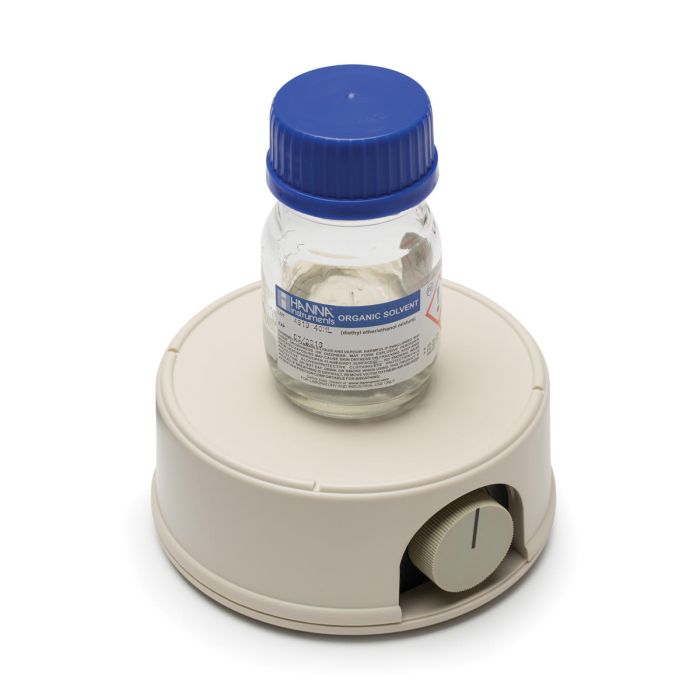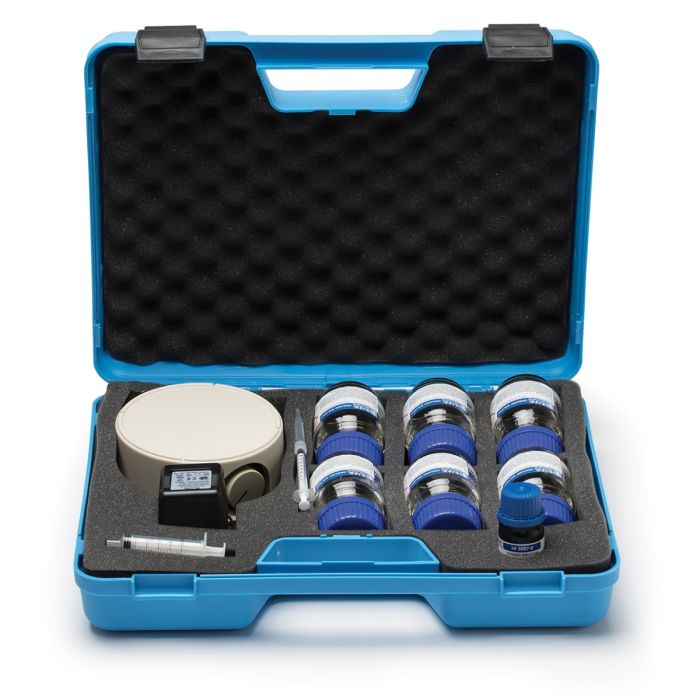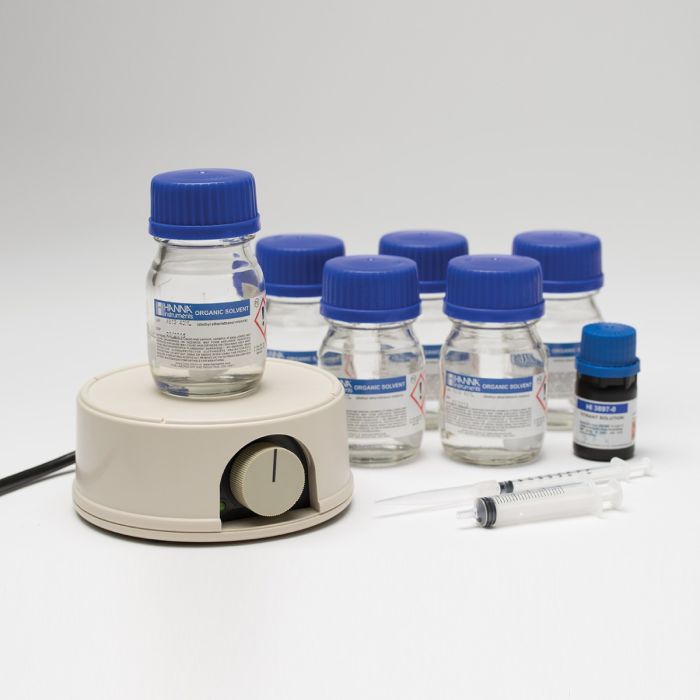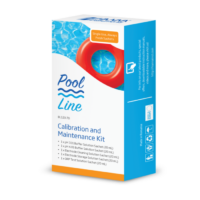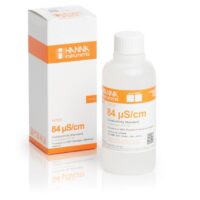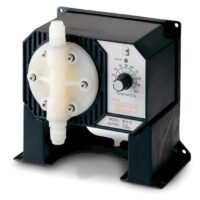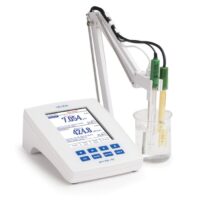Description
The HI3897 Olive Oil Acidity Test Kit is a comprehensive kit designed to measure the percent acidity of your olive oil. With initial dissolution in an organic solvent, the olive oil sample is titrated with sodium hydroxide until a color change is observed. There are six bottles of organic solvent supplied in the kit, each of them suitable for one titration test. The basic titrant solution is added dropwise to the sample by a plastic calibrated syringe and tapered tip.The HI3897 is a perfect solution for olive oil producers who appreciate a speedy, accurate way to determine the quality of their product.
Features at-a-glance
- Complete testing setup
- All required materials are included with the test kit, such as the one-time-use solvent bottles, titrant solution, calibrated syringe, and magnetic stirrer.
- High resolution
- Readings from 0.00 to 1.00% acidity are determined to 0.01% (0.01 mL) resolution.
- Replacement reagents available
- There is no need to buy a new kit when reagents are exhausted. A new reagent kit containing titrant solution and organic solvent bottles for 10 tests can be ordered individually.
Significance of Use
Acidity (as % oleic acid) is the most fundamental measurement of olive oil. It is the primary indicator of olive oil purity and freshness. The quality of olive oil is directly related to the degree of breakdown of the fatty acids in the oil. As the bound fatty acids break down, free fatty acids are formed, increasing the percent acidity of the oil. Acidity is a measure of the free fatty acids present in the oil, which is directly related to its purity.
The quality of olive oil can be adversely affected during either maturation or by environmental conditions. Mishandling, processing, and bruising during harvesting can also contribute to a breakdown of fatty acids and an increase in free acidity. Improper and/or long-term storage can cause olive oil to break down and become rancid. Regular acidity testing is the best way to ensure and maintain quality and freshness.
Acidity is used to discriminate an extra virgin olive oil from all other olive oils. According to the CEE 2568/91 regulation, olive oil is considered extra virgin when its acidity level is below 1%. A low acidity value also indicates a natural extraction process occurred soon after olive harvesting.
- Extra Virgin Olive Oil: Acidity <1%
“Perfect flavor and odor” with a maximum acidity of 1 g/100 g oleic acid
- Virgin Olive Oil: Acidity 1 – 2%
“Perfect flavor and odor” with a maximum acidity of 2 g/100 g oleic acid
- Ordinary Virgin Olive Oil: Acidity 2 – 3.3% (tolerance of 10%)
“Good flavor and odor” with a maximum acidity of 3.3 g/100 g oleic acid
- Virgin Lampante Olive Oil: >3.3% Not fit for human consumption
“Off flavor and odor” with a maximum acidity of > 3.3 g/100 g oleic acid
Ordering Info
HI3897 is supplied with 6 ready-to-use bottles of organic solvent (40 mL each) with 1 magnetic bar each, HI180I/MB magnetic stirrer, 5.0 mL calibrated syringe for oil dosing, 1.0 mL calibrated syringe for titrant dosing with tip, titrant solution (20 mL bottle), rugged carrying case, and instructions.

